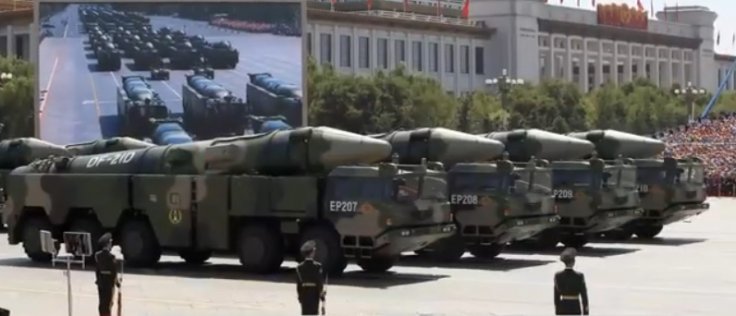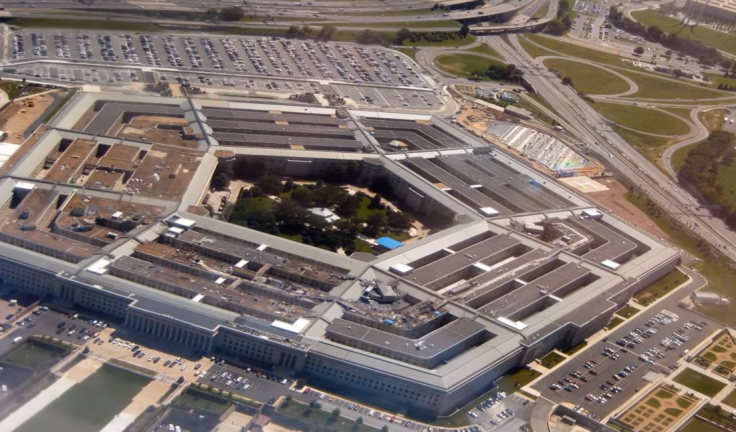China is planning to double the stockpile of nuclear warheads, currently estimated to number in the low 200s, over the next decade and is nearing its ability to launch nuclear attacks by land, air and sea, the Pentagon said in a report on Tuesday. The report also said that Beijing is already ahead of Washington in some areas and is designing nuclear warheads to be carried atop ballistic missiles that can reach the United States.
According to the report, China, besides aiming for technological parity with the United States, is also planning to conduct joint operations in a bid to stop the United States at all costs in case it plans to intervene on Taiwan's behalf. The report comes just a day after the United States said it was establishing a new bilateral economic dialogue with Taiwan, an initiative aimed at strengthening ties with Taipei and supporting it in the face of increasing pressure from Beijing.
China Shows its Might

The report mentions that over the next decade, China's nuclear warhead stockpile is projected to "at least double in size as China expands and modernizes its nuclear forces." The move is in a bid to transform the People's Liberation Army (PLA) into a "world-class" military by the end of 2049.
The Pentagon said that the growth projection was based on factors including Beijing having enough material to double its nuclear weapons stockpile without new fissile material production. According to the report, China's aim is to equip itself to a position wherein it can launch nuclear attacks on the United States from land, air and sea, a capacity known as a "nuclear triad".
The number of warheads on China's land-based intercontinental ballistic missiles capable of threatening the United States is also expected to grow to roughly 200 over the next five years from about 100. "We're certainly concerned about the numbers ... but also just the trajectory of China's nuclear developments writ large," Chad Sbragia, deputy assistant secretary of defense for China, told reporters.
China Making its Intentions Clear
China already has the ability to launch nuclear weapons by ballistic missiles from land and sea. It is now trying to achieve the capacity to develop an air-launched ballistic missile as well. However, even if China achieves its goal of doubling its nuclear force to 200, it would be far smaller than that of the United States, which has an estimated 3,800 warheads in active status and others in reserve.

That, however, won't give United States the room to take things easy, as the acceleration shows Beijing moving from its traditional "minimum deterrence posture" to full-fledged competition. If China achieves the goal, it "will have serious implications for US national interests and the security of the international rules-based order," the report said.
The annual report comes as the US Congress debates the pending $700 billion defense authorization bill amid rising tensions between the two countries. The bill, reportedly, amounts to three times China's annual defense budget.

The report has been released amid souring relationships between the United States and China on matters ranging from economic to security issues, including Chinese military activities in the disputed South China Sea and US support for Taiwan.
President Donald Trump's administration has been pursuing arms control measures that would involve both Russia and China, as the New Strategic Arms Reduction Treaty is the only remaining treaty capping the US and Russian nuclear arsenals. The treaty expires in 2021. However, China has rejected the idea saying that the United States and Russia should first drastically reduce their own nuclear arsenals before bringing other nuclear weapon states into multilateral arms control negotiations.









